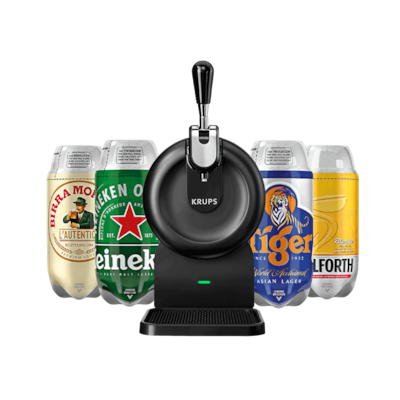2017 Antinori Tignanello – Red wine from Toscana · Italy | Vivino
Indicative blend: 85% Sangiovese, 10% Cabernet Sauvignon, 5% Cabernet Franc. Producer:Marchesi Antinori. Country Hierarchy:Tuscany, Italy. Grape / Blend:Cabernet – Sangiovese. Food Suggestion:Beef and Venison.
Tignanello was the first Sangiovese to be aged in barriques, the first contemporary red wine blended with untraditional varieties (specifically Cabernet) and one of the first red wines in the Chianti Classico region that didn’t use white grapes. Tignanello is a milestone. It’s produced with a selection of Sangiovese, Cabernet Sauvignon and Cabernet Franc.
The Design
The label was designed by Silvio Coppola in 1974 for the release of Tignanello 1971. The idea to commission this artist was discussed at an event at Castello della Sala in 1973. Silvio Coppola was an important Italian graphic and interior designer who was famous for his minimalist lighting fixtures and austere furniture but also for book cover designs for Italian publishing company Feltrinelli. Silvio Coppola was the perfect match for the job.
The Signature
Marchese Piero Antinori, the current Honorary President, decided to have his father, Niccolò Antinori, sign the label as a sign of recognition for his father’s confidence in him.
Tenuta Tignanello
The Tenuta Tignanello estate is in the heart of Chianti Classico, in the gently rolling hillsides between the Greve and Pesa river valleys. It extends over an area of 319 hectares (788 acres), of which about 130 (321 acres) are dedicated to vines. Two of the estate’s prized vineyards are on the same hillside, Tignanello and Solaia, on soils that originated from marine marlstone from the Pliocene period rich in limestone and schist. The vines enjoy hot temperatures during the day and cooler evenings throughout the growing season. The estate’s two signature wines, Solaia and Tignanello, are produced from these vineyards and have been defined by the international press as “among the most influential wines in the history of Italian viticulture”. According to Marchesi Antinori, Solaia and Tignanello are an ongoing challenge and a never-ending passion. The Tignanello estate has vineyards of indigenous Sangiovese grapes as well as some other untraditional varieties such as Cabernet Franc.
Additional information
| CRITICS SCORE | 92 / 100 |
|---|---|
| USER RATING | 4.5 / 5 |
| STYLE - RED | Bold and Structured |






by William
Amazing. Shared a double magnum with friends on New Year’s eve. Deep cherry, plumb and tobacco. Rich velvet and expressive. Wow.
by Michal
Amazing, legendary supertuscan. Oak, chocolate, tobacco. Strong and with lots of tannins. Long finnish. Wine worth single penny.
by Horn
Tobacco leaf on the nose to cedar cigar box. Medium to light on the palate with a cherry or dark fruit finish. An absolute gem. A lovely wine and experience.